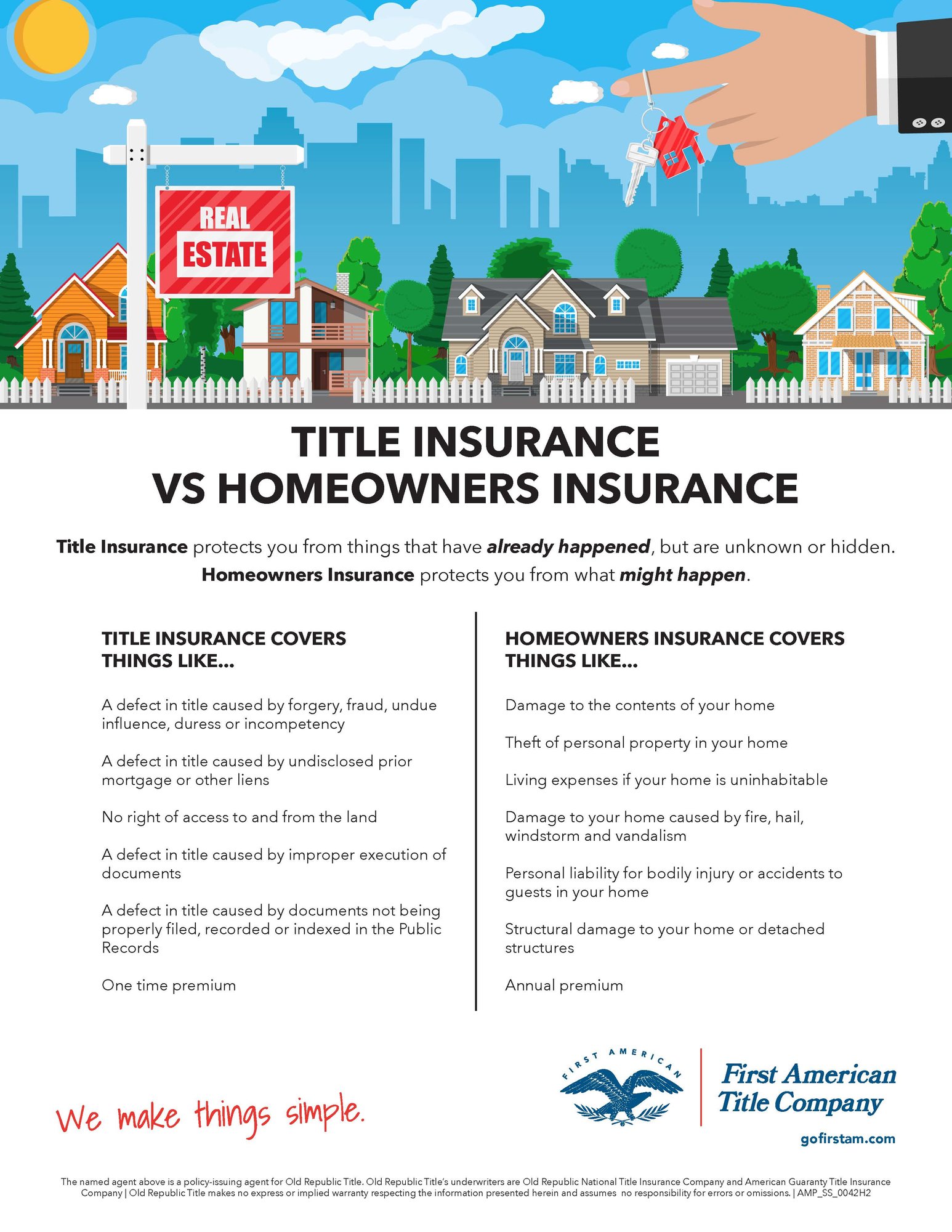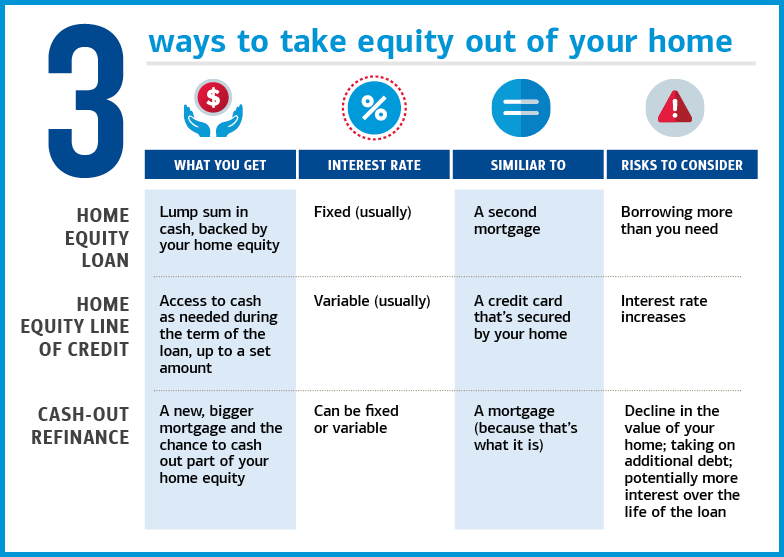
It is important to take into account a variety of factors when choosing between an FHA loan and a USDA loan. In this article we will examine the credit score requirements and interest rates for each type. We also discuss geographic restrictions. This information will allow you to make the right decision for your situation.
Minimum credit score for a USDA vs fha loan
Take into account your financial situation before comparing USDA loan eligibility requirements with FHA loans. Both programs are flexible enough that people with less-than perfect credit can qualify for loans. For instance, you may qualify if you have been divorced or have a revolving credit account. However, a USDA loan will allow you to get a loan but you will need to make a larger down payment and pay less.
FHA loans can be more flexible and have lower down payments. But they still have limitations. USDA loan programs are not available in all locations. FHA loans, however, are available in all United States states counties.

There are interest rates for every type of loan
USDA loans are available to those with low credit scores, and can qualify for a low interest rate. USDA loans are available to those with credit scores as low as 580. These loans are also available to people who do not have enough cash to make a downpayment on a traditional mortgage.
The FHA and USDA loan programs both have historically low interest rates. It is important to note that there are some differences between the two. While USDA loans may be more flexible, FHA loans may have stricter guidelines. Borrowers cannot spend more than 31% of their income on housing costs.
There is also a difference in the premium for mortgage insurance between the FHA and conventional loans. FHA loans will require mortgage insurance. However, this must be paid for the duration of the loan. USDA loans do not require mortgage insurance. FHA mortgage insurance costs 0.85% on the loan amount and must be paid monthly throughout the loan's life. The loan term is up to 11years.
Geographic restrictions apply to each type of loan
If you're interested in purchasing a house, you might be curious about the geographic restrictions on USDA and FHA loans. The USDA loan is for rural areas that have fewer than 20,000 people and can be used for single-family houses. FHA loans on the other hand are intended for semi-rural or rural properties.

USDA loans have a stricter credit requirement than FHA loan, so even if your credit isn't perfect, you may still be eligible. The USDA will require that your property be located in rural areas. But, it doesn't necessarily have to be farmland. Almost 97% of the United States can be considered rural. Even small towns and suburbs could be eligible for a USDA loan.
USDA loans are often referred to by rural housing loans. The USDA loan limits for certain counties in the United States are lower than FHA loan limit. The FHA loan limits in Los Angeles are lower than those in Montgomery (Alabama). However, the USDA loan limits are lower for a single home than they are for an entire county or city, making rural areas an attractive option for first time buyers.
FAQ
Do I require flood insurance?
Flood Insurance protects against damage caused by flooding. Flood insurance can protect your belongings as well as your mortgage payments. Learn more about flood coverage here.
Can I buy a house without having a down payment?
Yes! Yes. These programs include government-backed loans (FHA), VA loans, USDA loans, and conventional mortgages. You can find more information on our website.
Is it better buy or rent?
Renting is typically cheaper than buying your home. It is important to realize that renting is generally cheaper than buying a home. You will still need to pay utilities, repairs, and maintenance. There are many benefits to buying a home. You will have greater control of your living arrangements.
How long does it take for a mortgage to be approved?
It all depends on your credit score, income level, and type of loan. It generally takes about 30 days to get your mortgage approved.
What should you consider when investing in real estate?
It is important to ensure that you have enough money in order to invest your money in real estate. If you don't have any money saved up for this purpose, you need to borrow from a bank or other financial institution. Also, you need to make sure you don't get into debt. If you default on the loan, you won't be able to repay it.
You should also know how much you are allowed to spend each month on investment properties. This amount should include mortgage payments, taxes, insurance and maintenance costs.
Also, make sure that you have a safe area to invest in property. It would be best if you lived elsewhere while looking at properties.
How much does it cost to replace windows?
Replacing windows costs between $1,500-$3,000 per window. The exact size, style, brand, and cost of all windows replacement will vary depending on what you choose.
What are some of the disadvantages of a fixed mortgage rate?
Fixed-rate loans have higher initial fees than adjustable-rate ones. Also, if you decide to sell your home before the end of the term, you may face a steep loss due to the difference between the sale price and the outstanding balance.
Statistics
- This means that all of your housing-related expenses each month do not exceed 43% of your monthly income. (fortunebuilders.com)
- It's possible to get approved for an FHA loan with a credit score as low as 580 and a down payment of 3.5% or a credit score as low as 500 and a 10% down payment.5 Specialty mortgage loans are loans that don't fit into the conventional or FHA loan categories. (investopedia.com)
- The FHA sets its desirable debt-to-income ratio at 43%. (fortunebuilders.com)
- Private mortgage insurance may be required for conventional loans when the borrower puts less than 20% down.4 FHA loans are mortgage loans issued by private lenders and backed by the federal government. (investopedia.com)
- When it came to buying a home in 2015, experts predicted that mortgage rates would surpass five percent, yet interest rates remained below four percent. (fortunebuilders.com)
External Links
How To
How to buy a mobile house
Mobile homes are homes built on wheels that can be towed behind vehicles. They have been popular since World War II, when they were used by soldiers who had lost their homes during the war. Mobile homes are still popular among those who wish to live in a rural area. These homes are available in many sizes and styles. Some are small, while others are large enough to hold several families. There are some even made just for pets.
There are two types main mobile homes. The first is built in factories by workers who assemble them piece-by-piece. This occurs before delivery to customers. A second option is to build your own mobile house. You'll need to decide what size you want and whether it should include electricity, plumbing, or a kitchen stove. Next, make sure you have all the necessary materials to build your home. Final, you'll need permits to construct your new home.
If you plan to purchase a mobile home, there are three things you should keep in mind. You may prefer a larger floor space as you won't always have access garage. A model with more living space might be a better choice if you intend to move into your new home right away. You should also inspect the trailer. You could have problems down the road if you damage any parts of the frame.
You need to determine your financial capabilities before purchasing a mobile residence. It's important to compare prices among various manufacturers and models. Also, look at the condition of the trailers themselves. There are many financing options available from dealerships, but interest rates can vary depending on who you ask.
A mobile home can be rented instead of purchased. Renting allows for you to test drive the model without having to commit. Renting isn’t cheap. Renters typically pay $300 per month.